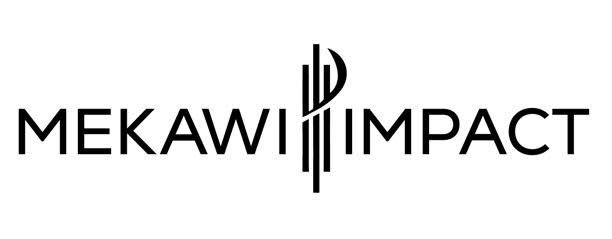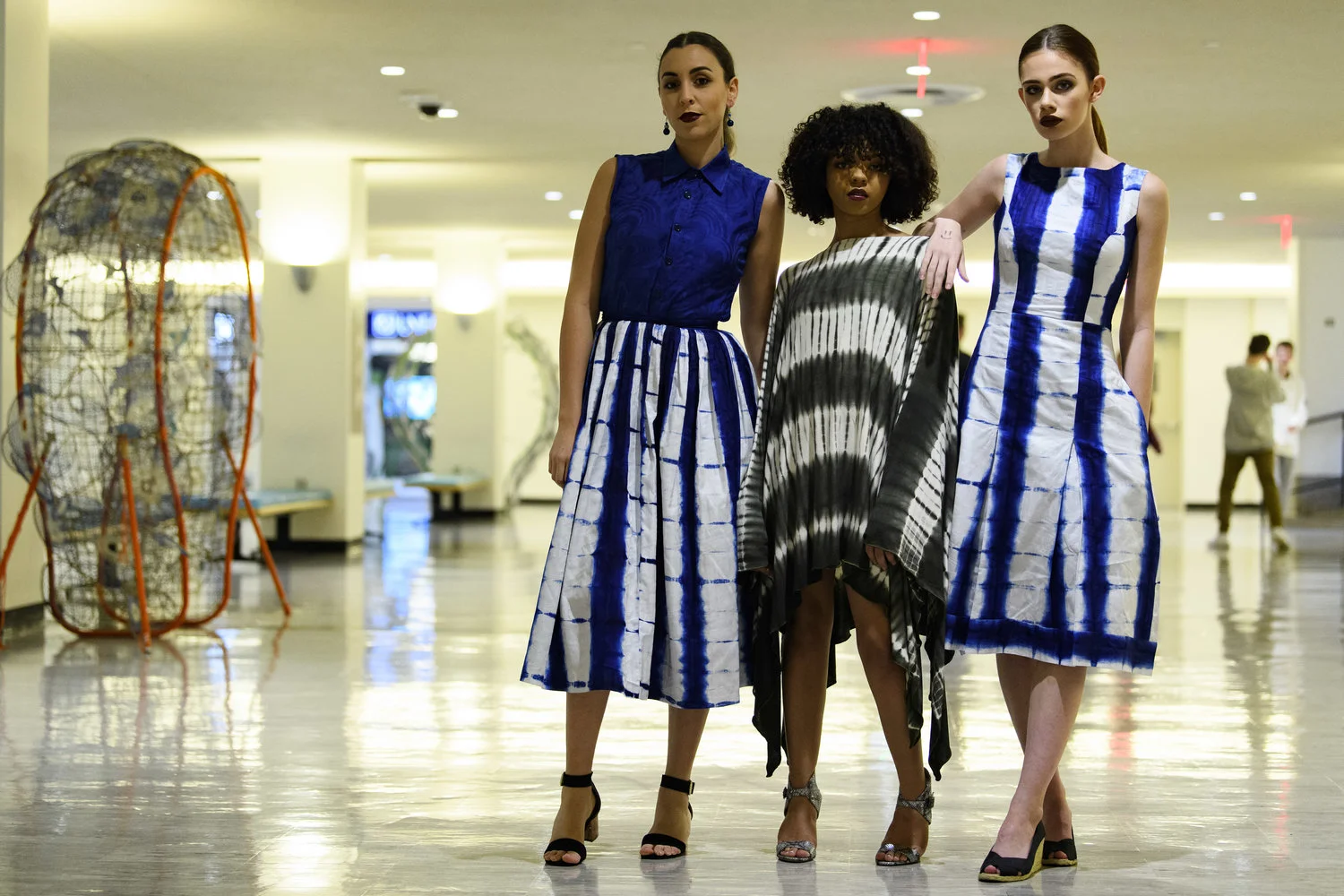sustainable fashion
Fashion and the Global Goals. Style & Resilience Co- Organizes the First Sustainable Fashion event at the United Nations. /
16 November 2017 - Thursday Briefing
"Fashion and Sustainability: Look Good, Feel Good, Do Good"
Using Fashion as a Vehicle for Change
DPI NGO Briefing followed by a Sustainable Fashion Showcase
Date: 16 November 2017
Time: 11 a.m. - 1:15 p.m.
Location: Conference Room 4, UNHQ, NY
Women’s National Book Association
Dena Mekawi, Founder of Style & Resilience, and representative of Women’s National Book Association co-organized the Sustainable fashion show at the United Nations, November 16, 2017, along with the DPI NGO sub-committee , United Nations DPI. Taking the passion she had for style, fashion and beauty, into the United Nations 17 Global Goals framework. Dena says “ I wanted to creatively engage millennial into really understanding how they consume fashion. Fashion consumptions affects unpaid labor, forced child labor, especially in developing countries for women and girls, with the access and resources we have, now more than ever people have the tools to shift into a better circular economy.”
Dena creatively came up with the social media marketing, along with the hashtag #rolemodel4fashion, as a representation of models beyond runway models. Mirroring models within fashion, being the change makers and shifting how we consume fashion, makes us real role models.
Did you know, the fashion industry’s CO2 emissions are projected to increase by more than 60% to nearly 2.8 billion tons per year by 2030- the equivalent of emissions produced by nearly 230 million passenger vehicles driven for a year.
#rolemodel4fashion. Also, over 50% of workers are not paid the minimum wage in countries like India or Philippines.
What if someone told you it takes 2,700 liters of water to grow enough cotton for one T-shirt, an amount equal to one person’s drinking water for 900 days?
This was just one of the statistics about the fashion industry’s social and environmental effects shared at this month’s United Nations Department of Public Information/Non-Governmental Organizations briefing, “Fashion and Sustainability: Look Good, Feel Good, Do Good: Using Fashion as a Vehicle for Change.”
The briefing, moderated by Patrick Duffy, founder of the Global Fashion Exchange, featured panelists from global organizations working to enact change in the industry and was followed by a fashion showcase, the first of its kind at the UN. Five designers presented sustainable clothing collections to an audience comprising designers and companies, students from multiple New York universities, NGOs, UN officials, and ambassadors.
One way Ottoboni wields that power is by avoiding “fast fashion,” a term referring to companies releasing new clothing collections quickly and cheaply, leading to more textile waste and consumption of resources.
While some sustainable purchases cost more, Ottoboni suggests those with limited budgets can consider spending more on a garment that will last longer instead of buying new clothes more often.
She also believes that in the long term, “ethical sourcing and things like that will become a norm and become less expensive as demand increases.”
The enthusiastic audience at the UN briefing and showcase suggests the trajectory is already in motion, and Ottoboni is especially encouraged by this statistic: 65 percent of consumers are now actively seeking sustainable fashion.

















